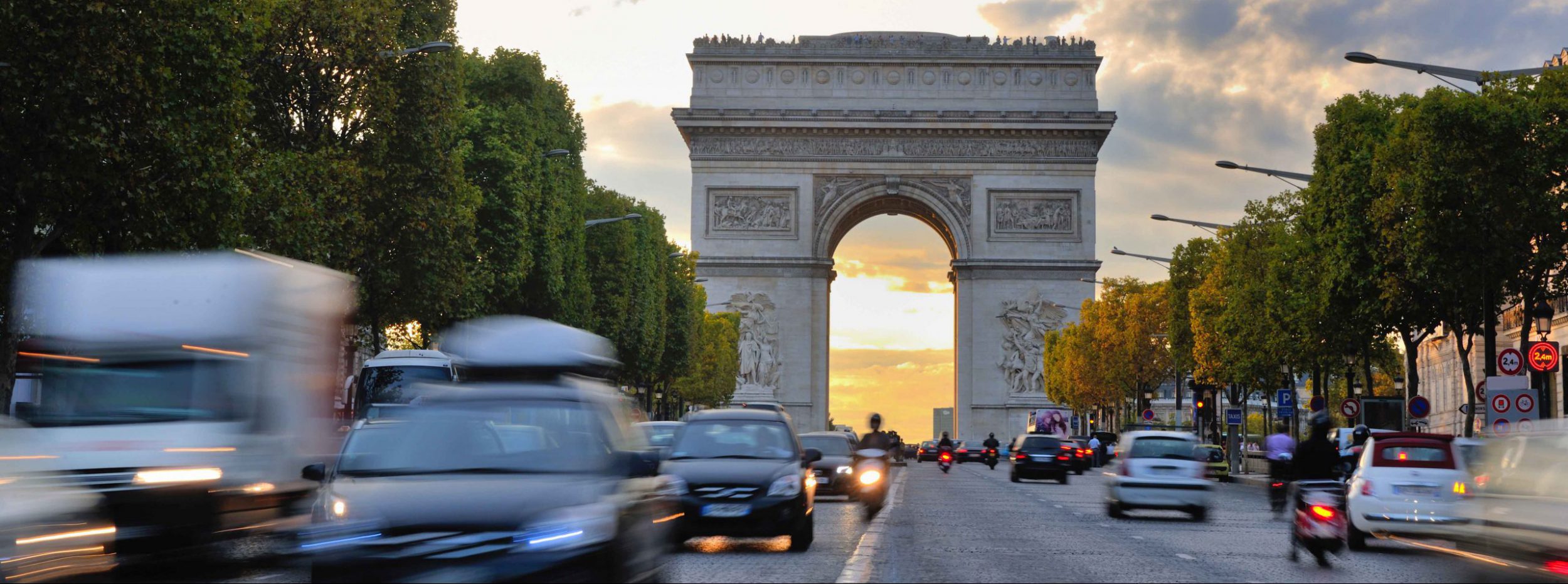Driving in or through France can be an exciting adventure, but it comes with its own set of rules and regulations that might be different from what you’re used to in the UK. This helpful guide will walk you through everything you need to know to ensure a smooth and legal driving experience in France.
Can I drive in France?
As a UK citizen, you are able to drive in France if you have a valid UK driving licence and are at least 18 years old. One of the most notable differences is that in France, you drive on the right-hand side of the road. This can be a big adjustment if you’re used to driving on the left in the UK, so extra caution is advised.
What do I need to carry when driving in France?
When driving in France, there are specific items that you must have with you at all times. Failure to carry these items can result in fines, so it’s important to be well prepared.
Relevant documents
Driving licence
Ensure you have your valid UK driving licence with you.
Vehicle registration document
You must carry the V5C registration document for your vehicle.
Insurance certificate
Carry proof of your insurance for your vehicle with you and ensure that your policy covers driving in France.
Passport
Always have your passport or ID with you as proof of identity.
Hi-vis jackets
French law requires you to carry a high-visibility jacket in your vehicle at all times, for every occupant. This must be accessible from within the car, so you can put it on before getting out in case of an emergency. You are expected to be wearing your hi-vis jacket from the moment you step out of your vehicle, or you could risk a substantial fine.
Warning triangle
Having a warning triangle is a legal requirement in France. In case of a breakdown or accident, place the triangle at least 30 metres behind your vehicle to warn approaching traffic of your situation.
Spare bulbs
Whilst it’s not mandatory to carry spare bulbs, it’s highly recommended as you can receive a fine if you’re stopped and your lights are not fully functioning. You can pick up spare bulbs at most motor shops at a relatively low cost, so ensuring you have these ready before you enter Europe can save you from a fine if you do come into trouble.
Breathalyser
Carrying a breathalyser in your vehicle is no longer a legal requirement, and there is no longer an -on-the-spot fine associated with not carrying one, but it’s still recommended and worth having one with you in case you get stopped. There is also a difference in the legal drink-drive limit in France as to in England, Wales and Northern Ireland. The limit is lower in France at 0.05% BAC compared to 0.08%.
Headlamp beam deflectors
UK cars are designed to drive on the left-side of the road, meaning that when you are travelling through Europe, your high beam may be too bright for oncoming traffic at night.
If your car’s headlights are designed for driving on the left-hand side of the road, you’ll need headlamp beam deflectors to avoid dazzling oncoming traffic. These self-adhesive masks ensure that you won’t dazzle people on the other side of the road.
First aid kit
Although not mandatory, carrying a first aid kit is highly recommended. It’s a useful precaution for any minor injuries that may occur and can come in handy when on your travels.
UK sticker
The vehicle you are driving must have a visual identifier of its home country. A sticker showing a Great Britain, English, Scottish or Welsh flag is no longer valid post-Brexit, but a United Kingdom sticker is acceptable. If you have a UK badge on both your number plates this is also acceptable.
Clean air sticker
A Clean Air sticker, or Crit’Air vignette, is required for your car in certain areas, such as low-emission zones. Driving without one of these stickers in these areas or zones can mean you will be issued with a fine.
Winter tyres
In certain areas of France, especially the more mountainous areas, winter tyres or snow chains are required during the months of November through to March.
What are the speed limits when driving in France?
Speed limits in France vary depending on the type of road and the weather conditions. They are also all displayed in km/h rather than mph like in the UK.
- Motorways: 130 km/h (80 mph), or 110 km/h (68 mph) in wet weather
- Dual carriageways: 110 km/h (68 mph), or 100 km/h (62mph) in wet weather
- Main roads: 80 km/h (50 mph)
- Urban areas: 50 km/h (31 mph)
What are the rules on child car seats in France?
Children under the age of 10 are not permitted to travel in the front seats of vehicles, without using a child restraint. They must travel in a child car seat or booster seat appropriate for their size and weight. Rear-facing seats must not be used in the front seat if the passenger airbag is activated.
What can’t I carry when driving in France?
There are certain items that you cannot carry with you when driving into France.
Certain GPS systems
In France, it is illegal to use a GPS system that detects speed cameras. You must ensure that your device is compliant with this regulation.
Certain foods
Bringing meat or dairy products into France from the UK is illegal due to strict import regulations.
As well as remembering the items that you need to have with you to drive in France, and the one’s you should leave at home, make sure you pack your car as best you can for your road trip with our handy guide.
Other driving rules to be aware of
Understanding the following rules will help you drive safely and legally in France.
Overtaking
Overtaking is done on the left. On motorways, use the left lane for overtaking and move back to the right when it’s safe to do so.
Roundabouts
On most roundabouts, vehicles already circulating have the right of way. Give way to the left unless indicated otherwise.
Using the horn
The use of the car horn is only permitted in cases of immediate danger. In France, it is illegal to use your car horn in urban areas between the hours of 10pm and 6am unless in case of emergency.
Traffic lights
The French traffic light system is similar to the UK’s. The international three-colour traffic light system is used in France; however, there is no amber light after the red light.
Get temporary European car insurance with Dayinsure
If you’re planning a trip to France, make sure you’re covered for European travel with Dayinsure’s temporary car insurance with European cover. Our flexible policies provide peace of mind, ensuring you’re legally covered to drive abroad. Find out more about our temporary European car insurance here and get a quote today.



